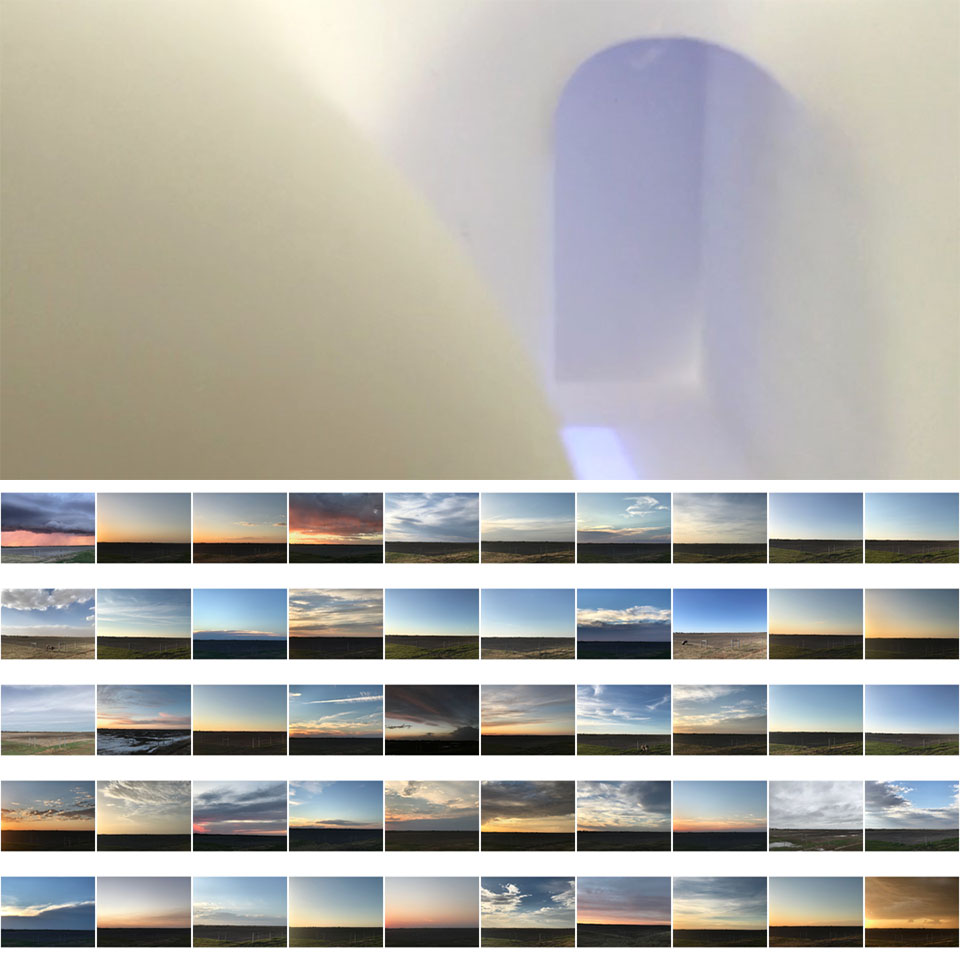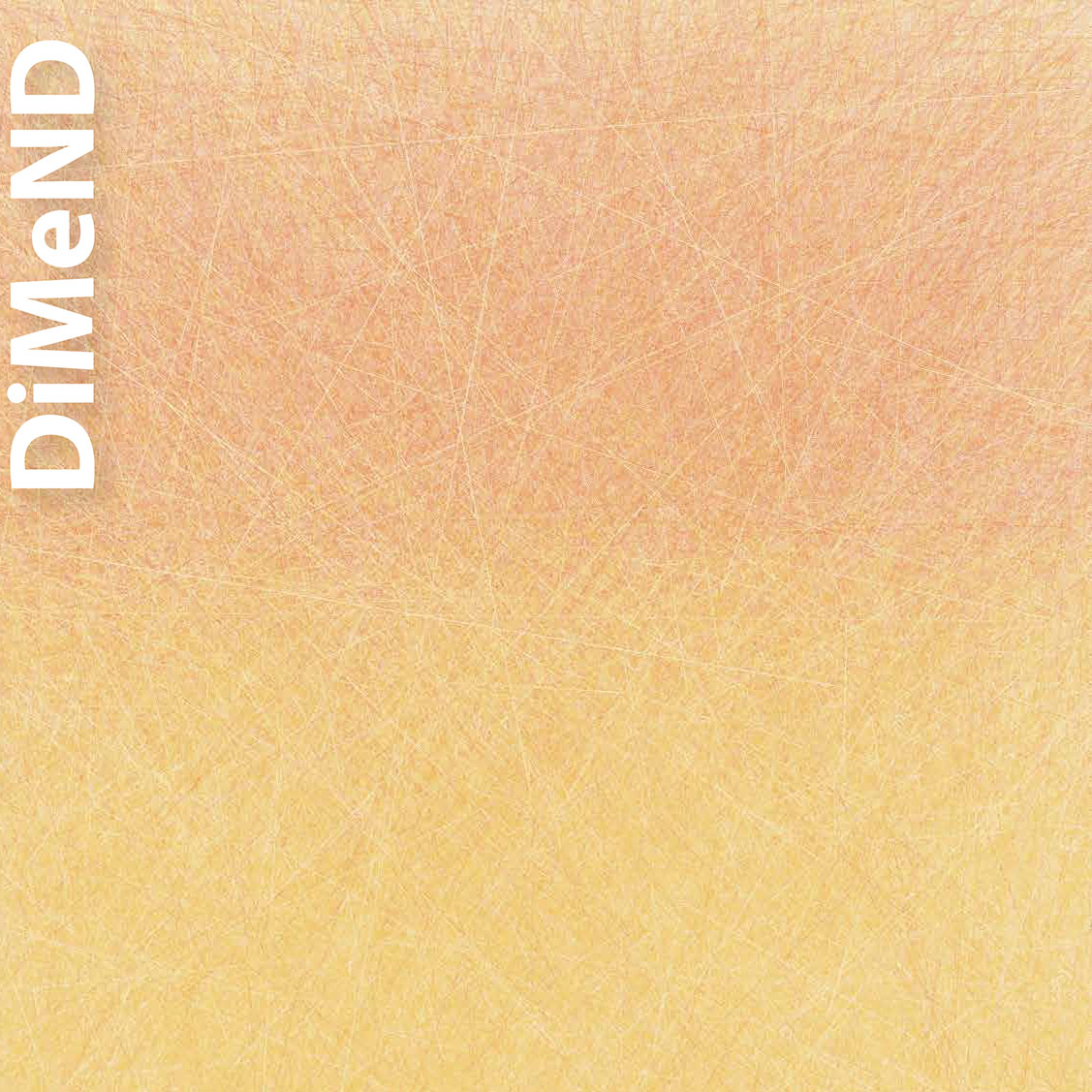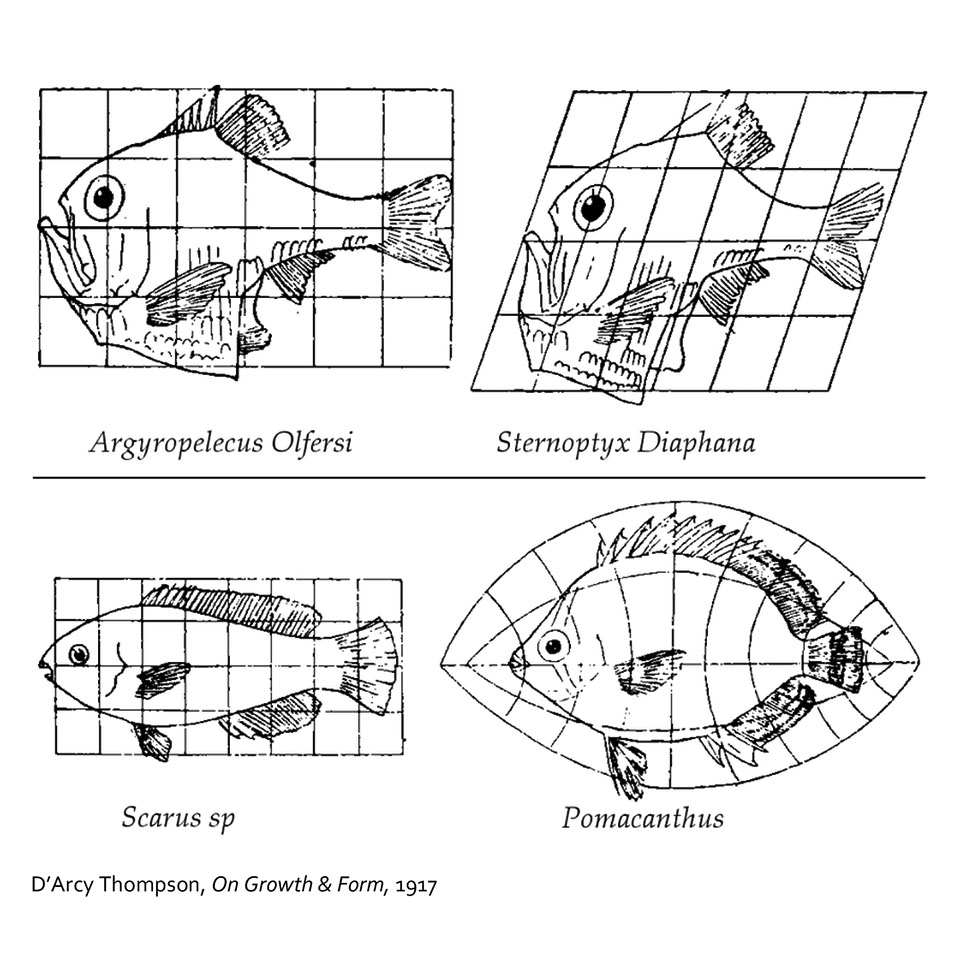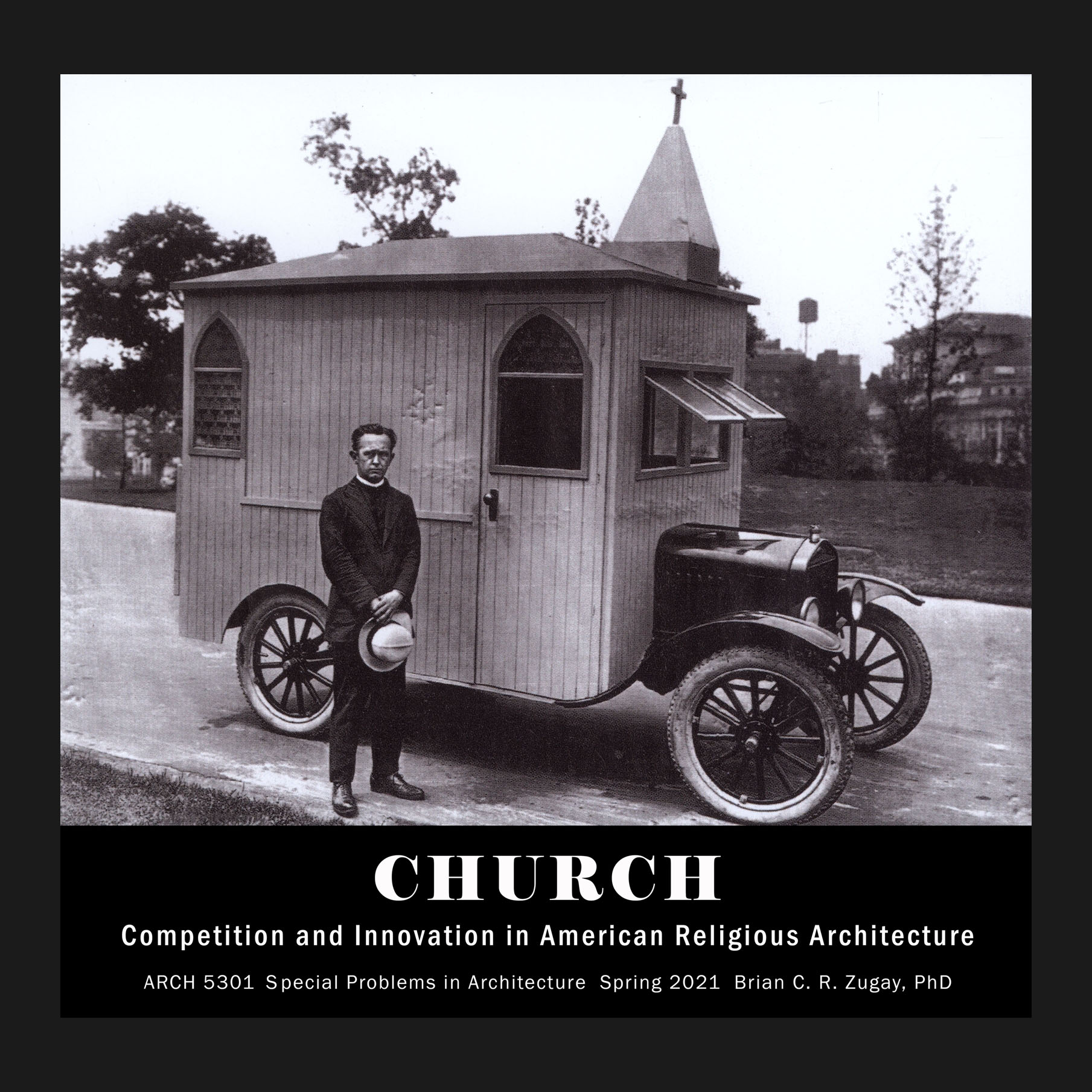Special Problems in Architecture
Arch 5301 · 3 Semester Credit Hours
Prerequisite: College approval. Individual study projects in architecture of special interest to students. May be repeated for credit.
Fabrication and tools that support making
Arch 5301 · Online
Instructor: Sora Key
In this seminar course, students will be introduced to digital fabrication tools and how the tools support the process of making.
POOLS OF LIGHT: A MATERIAL VISUAL STUDY OF OTHERWORLDLY LIGHT
Arch 5301 · Online
Instructor: Victoria McReynolds
“Overhead the sky was an immense funnel of sapphire and purple, fantasticated whorls
of coral cloud marking the descent of the sun like baroque vapour trails.”
—The Drowned World, J.G. Ballard
This seminar course explores the uncanny light as an anthropocentric spectral phenomena byproduct of natural and electrical illumination. Blazing red skies, sepia saturated horizons, and emerald green clouds frequent our media feeds as wild fires, volcanic eruptions, and interplanetary travel increases. Utilizing developing software and light sensitive tools, we will investigate architectural consequences of the shifting illumination quality through three primary components:
- Staging odd and unusual light
- Modeling color and light utilizing the sun, light gels, and rendering software
- Visualizing illumination through drawing, image, and video
Design for Resilient Environments
Arch 5301 · Online
Instructor: Kristine Stiphany
This course identifies the architecture of critical urban practices that make communities more environmentally resilient and socially just within the area of housing informality. Drawing on critical pedagogy, urban theory, and postcolonial ontologies, we will problematize the reality of resilience by focusing on how racial and gender diversity varies spatially across different housing contexts and transnational ecologies. The context in which the seminar will examine various social and environmental agencies is informal settlements along the U.S. Mexico border, through field-based and digital remote practices. Guided by the critical pedagogical principles of reflexivity, relationality, and positionality, students will use corresponding modalities of digital representation to develop case studies of the narrow and broad perspectives that shape race and gender in urbanizing environments. Overall, the course explores the power of design and whether or not design in contested contexts is powerful enough to build the world we need.
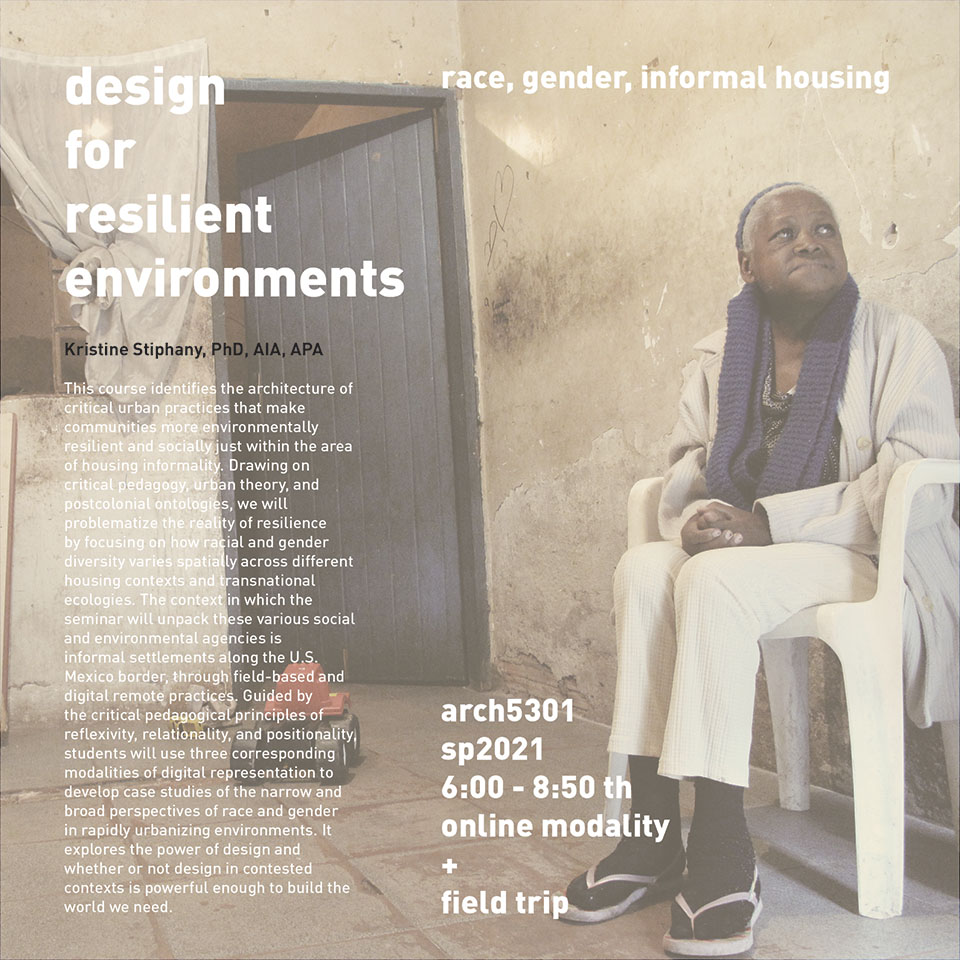
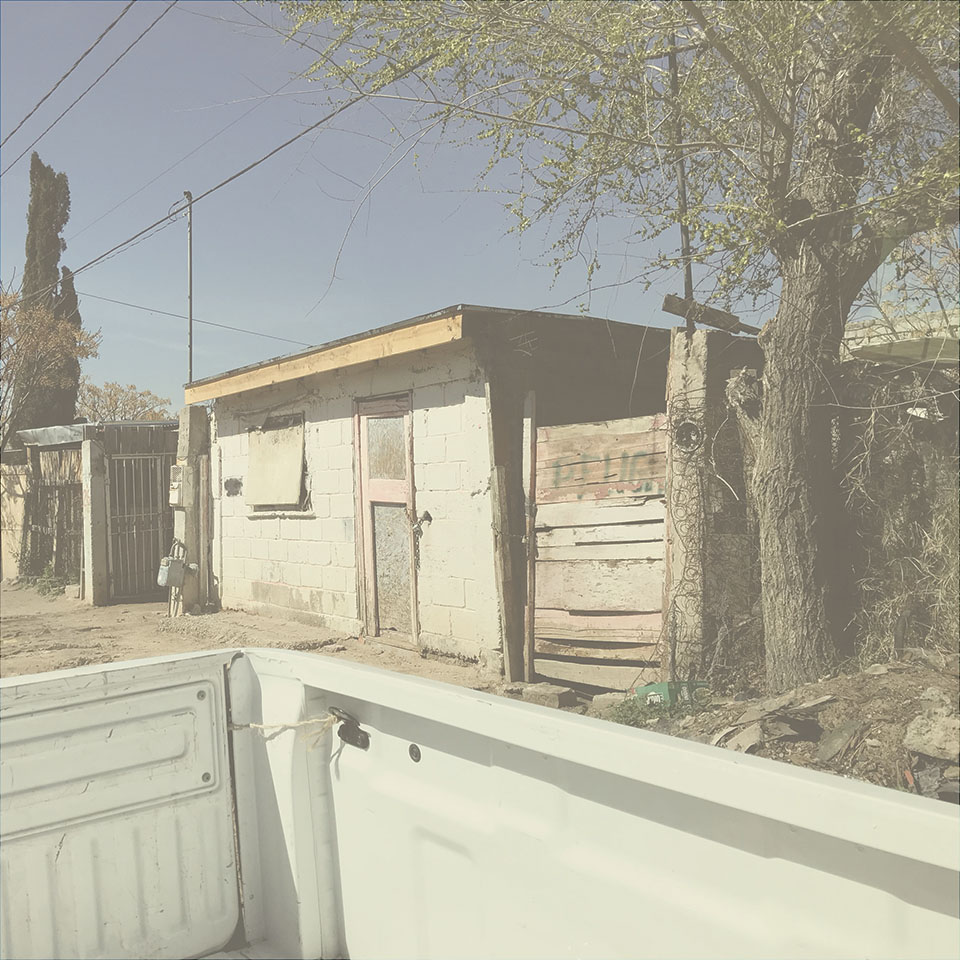
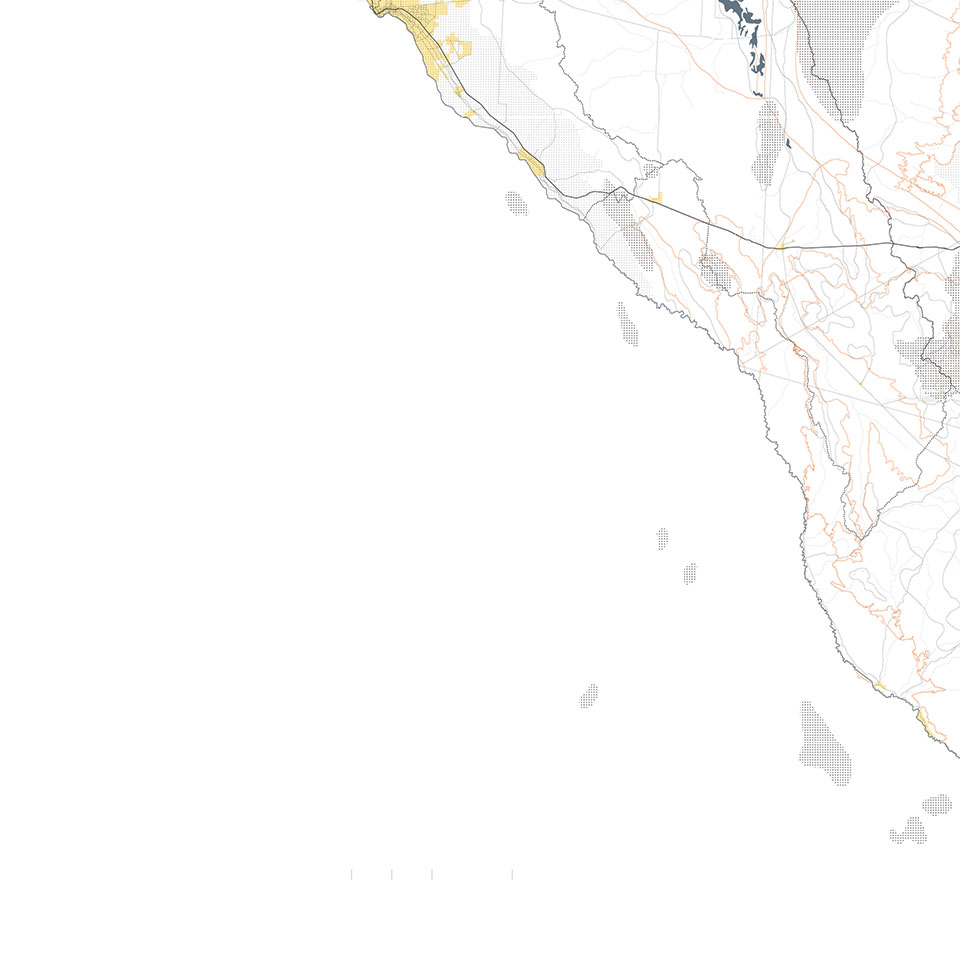
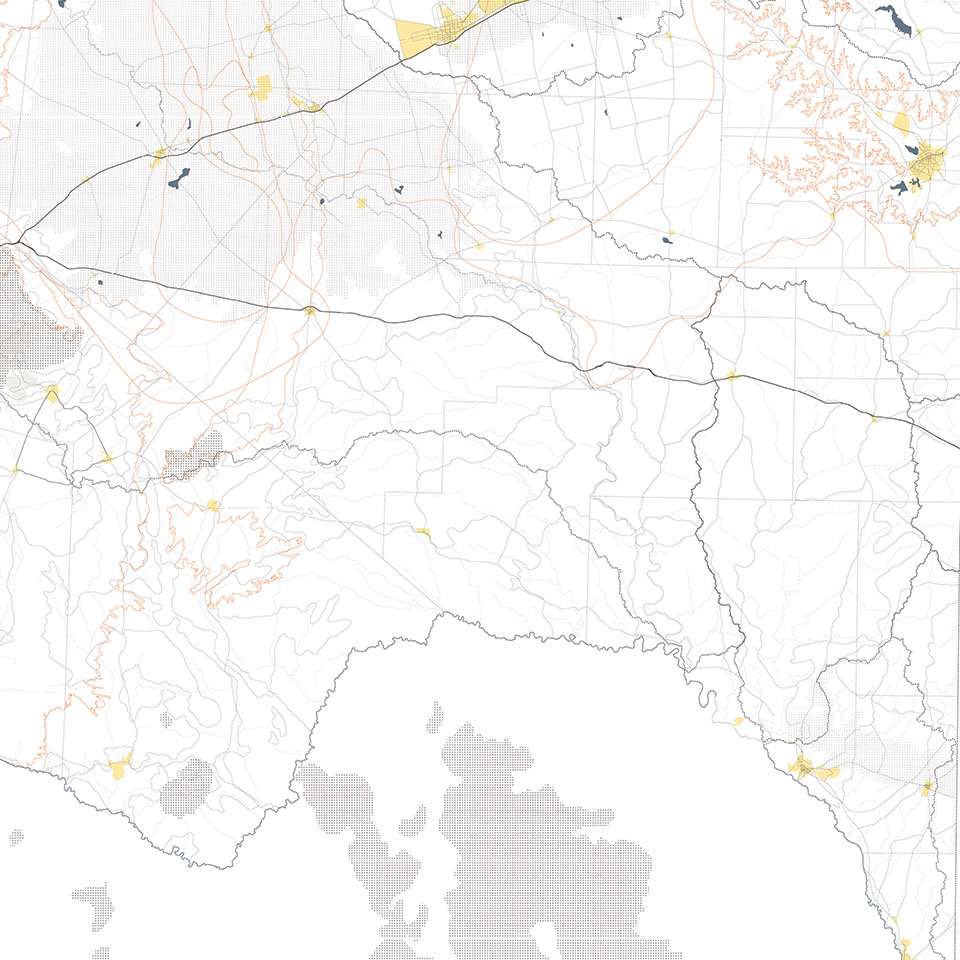
Digital Media in Neoteric Dimension (DiMeND)
Arch 5352 · Online
Instructor: Kuhn Park
DiMeND introduces design as a computational enterprise in which mediating technologies are developed to compose and describe design and architecture.
Resilience, Sustainability, and LEED Exam Prep
Arch 5301 · Online
Instructor: Robert D. Perl
This section positions resilience, sustainability, and LEED within the context of architecture design, design methods, and professional practice.
It will consider multiple motivations for resilience and sustainability from various stakeholders including the views of owners, users, community members, and designers. As a means of understanding resilience and sustainability more comprehensively, the course alternates between preparation for immediately passing the LEED Green Associate Examination and speculation on longer term issues of resilience and sustainability in future architectural practice.
Spatial Morphology & Typology
Arch 5301 · Online
Instructor: Julie Zook
Interconnected and inhabitable space is a key distinguishing feature of architecture as compared to other arts and other design fields. As a discipline and profession, we stand to benefit from a better ability to describe space, beyond typical standards like square footages and adjacencies.
Intuition, precedent, and folk theory are often used to make projections about designed space. In this course, we will take an approach to the description of space that is theoretical, empirical, and sometimes quantitative, focusing on how society and space mutually construct one another. You will learn theories, methods, and software tools that can check, refine, and enhance your intuitions about how space works.
CHURCH: Competition and Innovation in American Religious Architecture
Arch 5301 · Online
Instructor: Brian C. R. Zugay
This course explores American religious architecture—across faiths and traditions—as a central material tool within a very unique and highly competitive free-market religious economy. Tracing back to the early nineteenth century, the course examines changes in architectural style, building arrangement, liturgy, music and worship styles, religious education facilities, and missionary outreach as responses to market forces. Competition drives innovation, not only within the design of more traditional building types like church, synagogue, temple, and mosque, but in the creation of new building processes and alternative forms. The course further distinguishes between players (national denominations, local congregations, pastor, and architect) and analyzes the respective contributions they made—and continue to make—in driving architectural innovation.
College of Architecture
-
Address
Texas Tech University, 1800 Flint Avenue, Lubbock, TX 79409 -
Phone
806.742.3136 -
Email
architecture@ttu.edu



